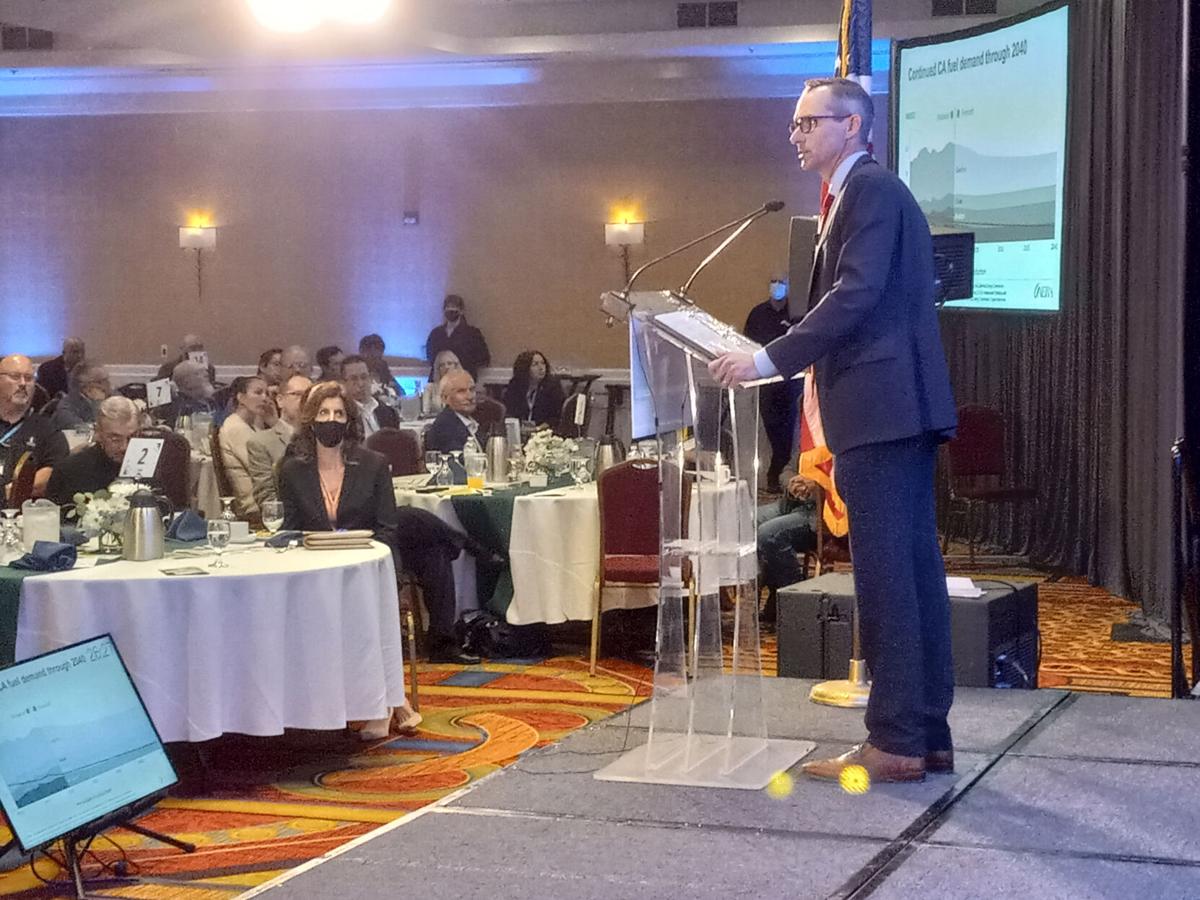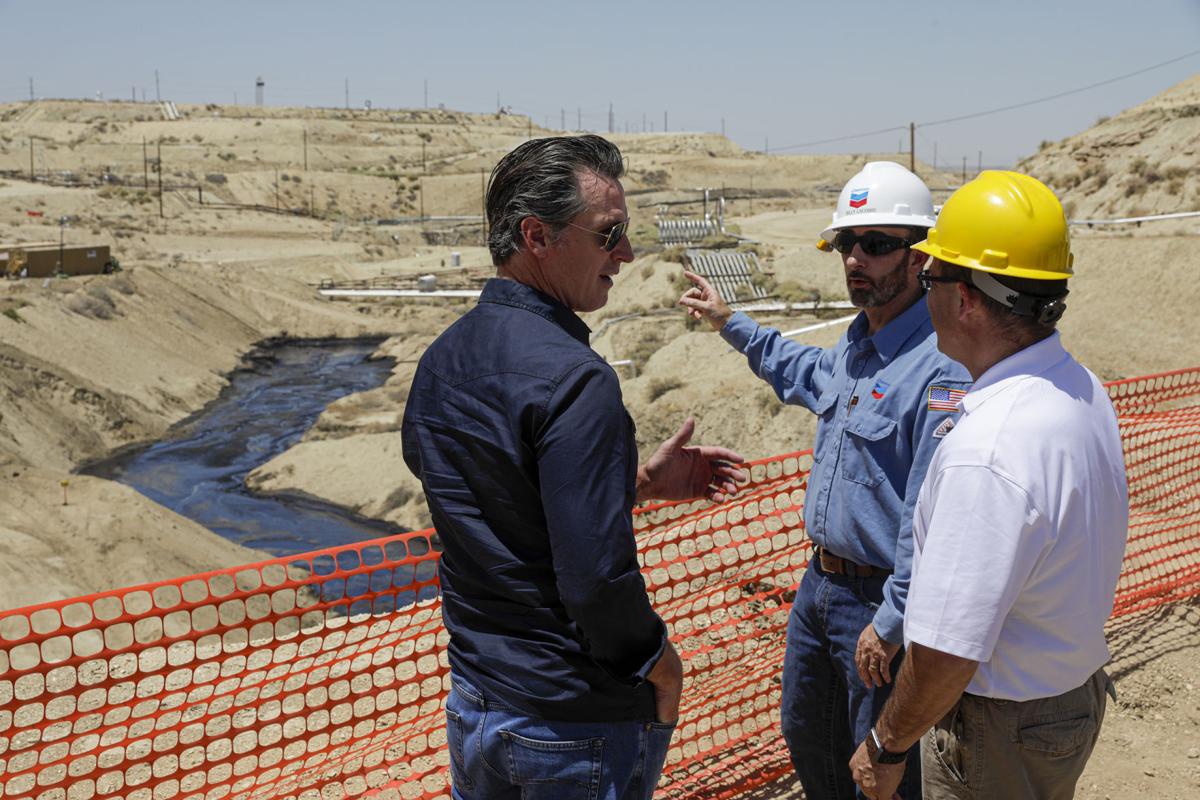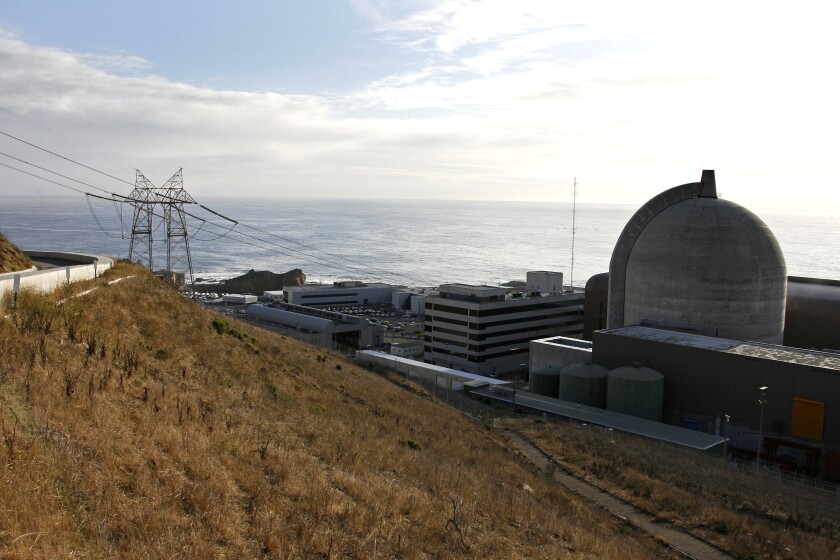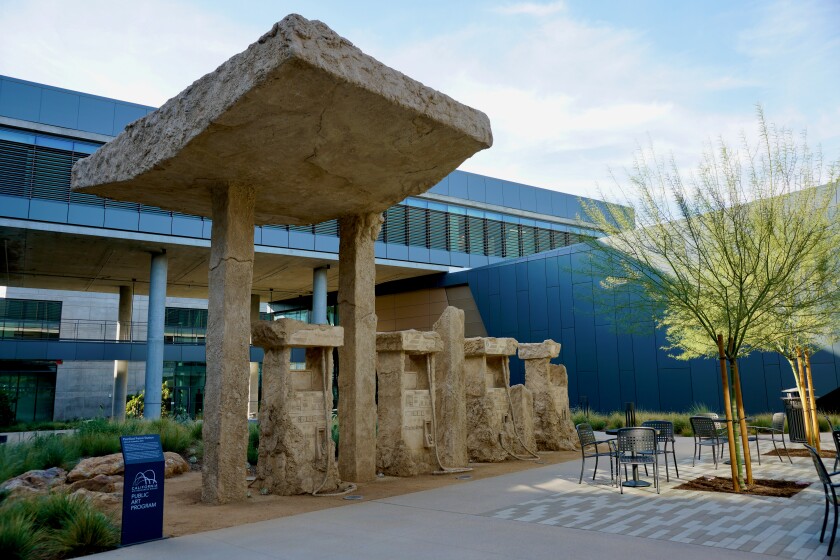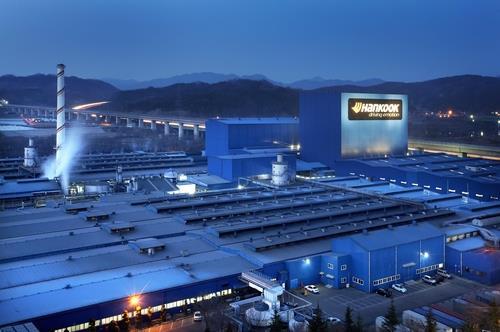Living close to drilling sites has been linked to health risks, especially to kids. Many of the wells Total Energy has drilled in Arlington are near Latino and Black or low-income communities.
By Cathy Bussewitz | AP and Martha Irvine
/cdn.vox-cdn.com/uploads/chorus_image/image/70211315/merlin_102575811.0.jpg)
ARLINGTON, Texas — At a playground outside a North Texas day care center, giggling preschoolers chase each other into a playhouse. Toddlers scoot by on tricycles. A boy cries as a teacher helps him negotiate over a toy.
Uphill from the playground, peeking between trees, Total Energies is pumping for natural gas.
The French energy giant wants to drill three new wells on the property next to Mother’s Heart Learning Center, which serves mainly Black and Latino children. The three wells and two existing ones would lie about 600 feet from where the children planted a garden of sunflowers.
For families of the children and for others nearby, it’s a prospect fraught with fear and anxiety.
Living near drilling sites has been linked to health risks, especially to children, ranging from asthma to neurological and developmental disorders.
While some states are requiring energy companies to drill farther from day care centers, schools and homes, Texas has made it exceedingly difficult for local governments to fight back.
The affected areas also include communities near related infrastructure — compressor stations, for example, which push gas through pipelines and emit toxic fumes, and export facilities, where gas is cooled before being shipped overseas.
:no_upscale()/cdn.vox-cdn.com/uploads/chorus_asset/file/23053041/merlin_102575837.jpg)
“I’m trying to protect my little one,” said Guerda Philemond, whose 2-year-old Olivia Grace Charles attends the day care center in Arlington. “There’s a lot of land, empty space they can drill. It doesn’t have to be in the back yard of a day care.”
Total declined an interview request. In a written statement, the company said it has operated near Mother’s Heart for more than a decade without any safety concerns expressed by the city of Arlington.
“We listen to and do understand the concerns of the local communities with whom we interact frequently to ensure we operate in harmony with them and the local authorities,” the statement said.
The clash in Arlington comes against the backdrop of pledges from world leaders to reduce emissions, burn less fossil fuel and transition to cleaner energy. Yet the world’s reliance on natural gas is growing. As soon as next year, the United States is set to become the world’s largest exporter of liquid natural gas, or LNG, according to Rystad Energy.
As a result, despite pressure for energy companies to shift their spending to cleaner technologies, there likely will be more drilling for natural gas in Arlington and other communities.
And children who spend time near drilling sites or natural gas distribution centers — in neighborhoods critics call “sacrifice zones” — could face a risk of developing neurological or learning problems and exposure to carcinogens. A report by Physicians for Social Responsibility and Concerned Health Professionals of New York, which reviewed dozens of scientific studies, found the public health risks associated with these sites include cancers, asthma, respiratory diseases, rashes, heart problems and mental health disorders.
Many of the wells Total has drilled in Arlington are near Latino and Black or low-income communities, often just a few hundred feet from homes. An analysis by The Associated Press of the locations of wells Total operates in Arlington shows their density is higher in neighborhoods that many people of color call home.
“America is segregated, and so is pollution,” said Robert Bullard, director of the Bullard Center for Environmental and Climate Justice at Texas Southern University. “The dirty industries and what planners call locally unwanted land uses oftentimes followed the path of least resistance. Historically, that’s been poor communities and communities of color.”
When gas pumped in Texas is shipped out for export, it goes to liquid natural gas facilities along the Gulf Coast. Many of those facilities are near communities, that are predominantly non-white, such as in Port Arthur, Texas.
“There’s constant talk of expansions here,” said John Beard, founder of the Port Arthur Community Action Network, which opposes the expansion of export facilities. “When you keep adding this to the air, the air quality degrades, and so does our quality of life ,and so does our health.”
:no_upscale()/cdn.vox-cdn.com/uploads/chorus_asset/file/23053269/merlin_102575815.jpg)
At the Arlington day care center, owner Wanda Vincent has been cautioning parents about the health risks and gathering signatures to petition the city to reject Total’s drilling request.
When she opened the center nearly two decades ago, Vincent said, she wanted to provide a refuge for children in her care, some of whom suffer from hunger and poverty.
That was before natural gas production accelerated in the United States. Around 2005, energy companies discovered how to drill horizontally into shale formations using hydraulic fracturing techniques — a technique known as fracking.
Water and chemicals are shot deep underground into a well bore that travels horizontally. It is highly effective. But fracking is known to contribute to air and water pollution and to raise risks to people and the environment.
Some states have acted to force fracking away from where people live and go to school. Vermont and New York state banned fracking years ago. Last year, Colorado required new wells to be drilled at least 2,000 feet from homes and schools. California has proposed a limit of 3,200 feet. Los Angeles has taken steps to ban urban drilling.
In Arlington, drilling is supposed to be done no closer than 600 feet from day care centers or homes. But companies can apply for a waiver to drill as close as 300 feet.
France, Total’s home country, bars fracking. But that ban is largely symbolic because no meaningful oil or gas supplies exist in France. Total, one of the world’s largest natural gas companies, drills in 27 other countries. It turns much of that gas into liquid, then ships it, trades it and re-gasifies it at LNG terminals worldwide.
The gas wells next to Mother’s Heart represent a tiny fraction of Total’s global operations. Yet the company holds tight to its plans to drill there despite the community’s resistance.
“Nobody should have a production ban unless they have a consumption ban because it has made places like Arlington extraction colonies for countries like France, and they have shifted the environmental toll, the human toll, to us,” said Ranjana Bhandari, director of Liveable Arlington, a group leading the opposition to Total’s drilling plans.
In Arlington, companies that are rejected for a drilling permit can reapply after a year. Some Arlington city council members, who declined interview requests, previously have said they fear litigation if they don’t allow the drilling. That’s because a Texas law bars local governments from banning, limiting or even regulating oil or gas operations except in limited circumstances.
“If I’m able to reach out to the French and speak to them directly, I would let them know, ‘Would you be able to allow somebody to go in your back yard and do natural gas drilling where you know your wife lays her head or your kids lay their head?’ ” said Philemond, the day care center parent. “And the answer would absolutely be ‘No’ within a second.”
:no_upscale()/cdn.vox-cdn.com/uploads/chorus_asset/file/23053326/merlin_102575813.jpg)
A mile or so from the day care, in the back yard of Frank and Michelle Meeks, a high-pitched ringing blares like a school fire alarm as the sun sets. Just beyond their patio and grill looms the wall of a Total site where one of the wells was in the “flowback” stage. This site also sits behind other houses and near two day care centers.
When the wells were first drilled, Michelle Meeks said, the sound and vibrations were a full-body experience. At this point, she and her husband barely notice it.
After the drilling started a decade ago at the site a few hundred feet behind their house, they noticed cracks in their foundation and their patio. They now receive royalty checks for $15 or $20 a few times a year. That wouldn’t make a dent in the cost of repairing the cracks in their foundation. But when the oil and gas developers came knocking years ago, the couple thought saying no would have been futile.
“In Texas, you really can’t fight oil and gas production,” said Frank Meeks, 60, a machine operator. “We don’t have the money to go and get big-time lawyers to keep them out of our back yards.”
Arlington’s air quality exceeds federal ozone pollution standards. In 2012, at the height of the fracking boom, asthma rates for school children in Tarrant County were 19% to 25% — far above national and state norms.
As the fracking boom took off, “land men” from the oil and gas companies went door to door in Arlington, asking permission to drill beneath homes of those who owned mineral rights. Some homeowners were offered signing bonuses and royalties. Renters — who don’t own the rights to the minerals beneath their homes — had no choice but to yield to drilling and received nothing for it.
Arlington sits atop the Barnett Shale, one of the largest on-land natural gas fields in the United States. Gas production, which peaked in the Barnett Shale a decade ago, has been declining. Even with natural gas prices rising, few large U.S. companies plan to drill new wells at a time when investors are seeking environmentally responsible companies.
“Total is a publicly traded company. They claim to be very interested in the energy transition and so forth,” said Bruce Bullock, director of the Maguire Energy Institute at Southern Methodist University. “If a U.S. company were to do that here that was publicly traded, their stock would be hammered.”
